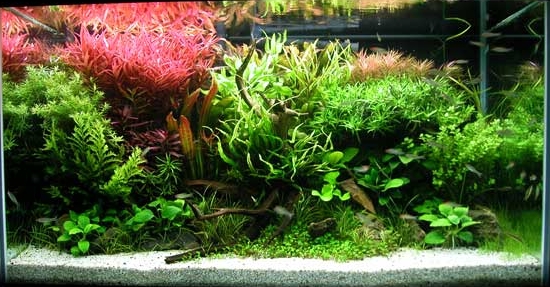Aquarium Fish: A Look at the Gobies
Aquarium Fish: A Look at the Gobies ...
Free Template Blogger collection template Hot Deals BERITA_wongANteng SEO theproperty-developer





